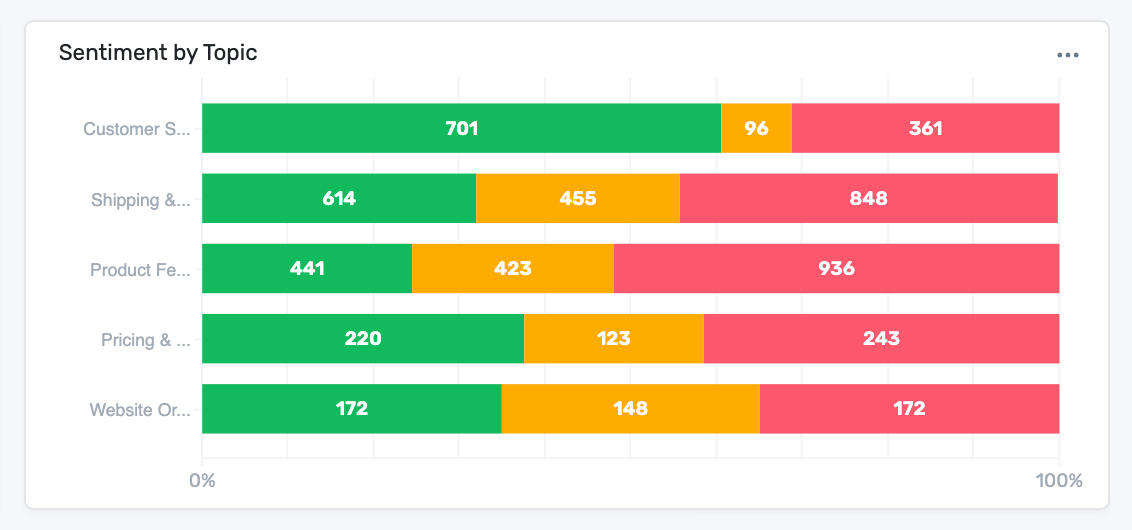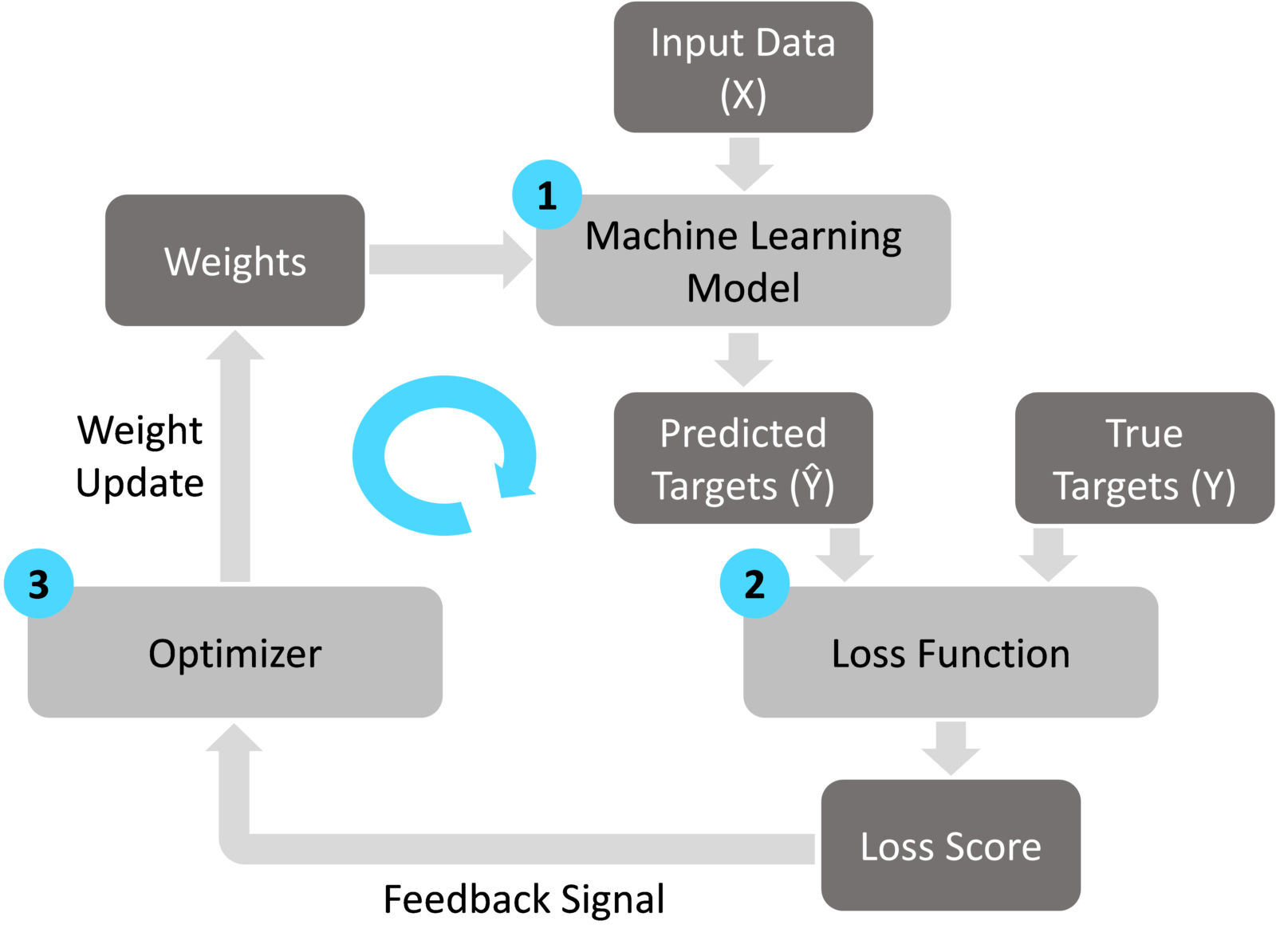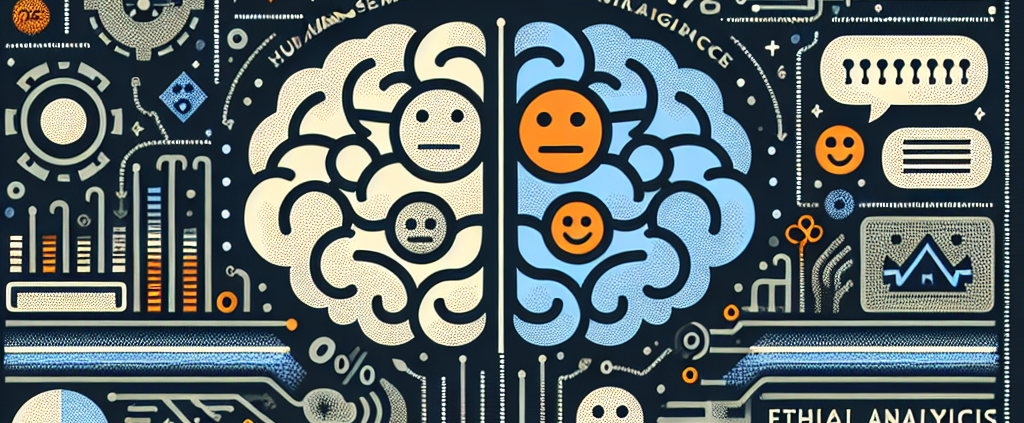Exploring the Evolution of Sentiment Analysis in AI
The Evolution and Impact of Sentiment Analysis in AI
In my journey through the intersecting worlds of artificial intelligence (AI), machine learning, and data science, I’ve witnessed and participated in the continuous evolution of various technologies. Sentiment analysis, in particular, has caught my attention for its unique capacity to interpret and classify emotions within text data. As a professional immersed in AI and machine learning, including my hands-on involvement in developing machine learning algorithms for autonomous robots, I find sentiment analysis to be a compelling demonstration of how far AI has come in understanding human nuances.
Understanding Sentiment Analysis
Sentiment analysis, or opinion mining, is a facet of natural language processing (NLP) that identifies, extracts, and quantifies subjective information from written material. This process enables businesses and researchers to gauge public opinion, monitor brand and product sentiment, and understand customer experiences on a large scale. With roots in complex machine learning models, sentiment analysis today leverages large language models for enhanced accuracy and adaptability.
The Role of Large Language Models
In recent explorations, such as discussed in the articles “Enhancing Anomaly Detection with Large Language Models” and “Exploring the Future of AI: The Impact of Large Language Models”, we see a significant shift in how sentiment analysis is enhanced through these models. Large language models, trained on extensive corpora of textual data, provide a foundation for understanding context, irony, and even sarcasm, which were once challenging for AI to grasp accurately.
< >
>
The Practical Applications
From my perspective, the applications of sentiment analysis are wide-ranging and profound. In the corporate sector, I have observed companies integrating sentiment analysis to understand consumer feedback on social media, thereby adjusting marketing strategies in real-time for better consumer engagement. In personal projects and throughout my career, particularly in consulting roles, leveraging sentiment analysis has allowed for more nuanced customer insights, driving data-driven decision-making processes.
Challenges and Ethical Considerations
Despite its advancements, sentiment analysis is not without its hurdles. One challenge is the interpretation of ambiguous expressions, slang, and idiomatic language, which can vary widely across cultures and communities. Moreover, there’s a growing need for ethical considerations and transparency in how data is collected, processed, and utilized, especially in contexts that might affect public opinion or political decisions.
< >
>
Looking Forward
As we venture further into the future of AI, it’s important to maintain a balanced view of technologies like sentiment analysis. While I remain optimistic about its potential to enrich our understanding of human emotions and societal trends, it’s crucial to approach its development and application with caution, ensuring we’re mindful of privacy concerns and ethical implications.
In conclusion, sentiment analysis embodies the incredible strides we’ve made in AI, enabling machines to interpret human emotions with remarkable accuracy. However, as with any rapidly evolving technology, it’s our responsibility to guide its growth responsibly, ensuring it serves to enhance, not detract from, the human experience.
Focus Keyphrase: Sentiment Analysis in AI









Leave a Reply
Want to join the discussion?Feel free to contribute!